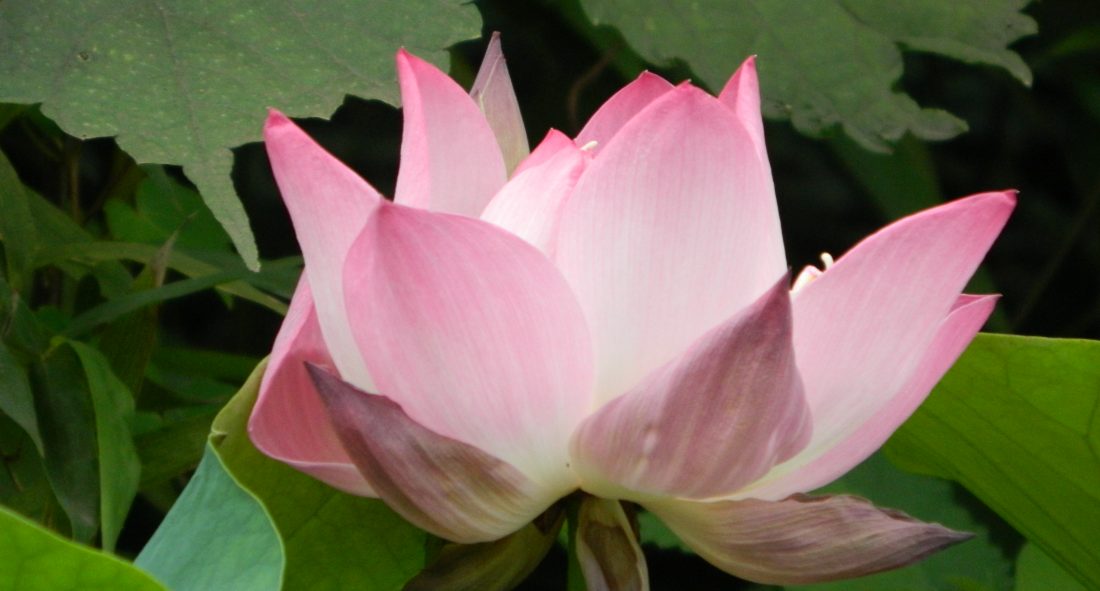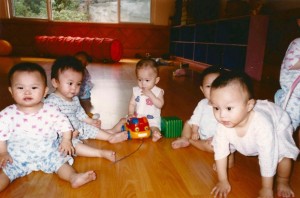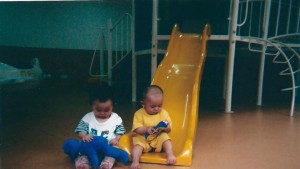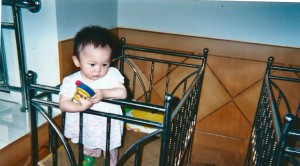By C. Andrews and G. Tate
Child abandonment and adoption have been major issues in China for a long time in part due to the One Child Policy. The One Child Policy was introduced in 1979 in order to deal with the economic and social problems that overpopulation was bringing China. While the policy has become more relaxed it has still created some imbalances in child abandonment and adoption. The One Child Policy provides a huge incentive for a family to only have one child. The families that do not abide by the policy face heavy monetary fines. These fines can be as high as three times a yearly salary. However, there are many exceptions to this policy. Such as if a family’s first child is a girl or has a mental or physical illness, they can apply for another child. If one of the parents is an only child, then that family can also have two children. Ethnic minorities are also not subjected to this law. The policy is becoming increasingly more relaxed and the exception for families in which one of the parents is an only child just recently was passed. The more relaxed this policy becomes the more that people believe it will one day cease to exist (Kalman).
However, despite the policy’s increasing slack, it has still had a great effect on the public. It has slowed down the population growth. However, to what extent is a big question. Many people believe that China’s population growth would have slowed significantly even without the One Child Policy. Other similarly developing countries, such as Taiwan, have also seen their population growth slow during this time period. The One Child policy is responsible for some of the population growth slow-down, just not all of it. While the policy has helped China with many problems but unfortunately it has also caused problems. It has caused a greater imbalance among genders. In 2000, there were almost 19 million more boys under the age of 16 as girls in that same age group. Because of the One Child Policy families have been desperate for a male child due to the greater societal value of males. Males carry the family’s name and inheritance laws pass on property to them. The demand for boys combined with the restrictions on the number of children a family can have has led to the abandonment and abortion of many female children.
The One Child Policy has been under quite a bit of scrutiny as not only its effectiveness has been in question but also the other glaring problems that it creates. This policy, while one that is becoming much more lax, is a definite problem for China and is contributing to its gender imbalance as well as leading to many young girls living in extremely harsh conditions.
Sources:
“Adoption.com.” Accessed April 11, 2014. http://china.adoption.com/chinese/china-adoption-background.html.
Anders, Charlie. Associated Press, “io9.com.” Accessed April 11, 2014.
Baculinao, Eric. NBC News, “nbcnew.com.” Accessed April 11, 2014.
Johnson, Kay. “Infant Abandonment and Adoption in China.” Population and Development review.
no. 3 (1998): 469-510. http://www.jstor.org.libproxy.furman.edu/stable/2808152 (accessed
Kalman, Jonathan. The Guardian, “theguardian.com.” Accessed April 11, 2014. http://www.theguardian.com/world/2014/jan/31/time-running-out-china-one-child-policy-exemptions.
Robb, Alice. New Repubic, “New Republic.” Accessed April 11, 2014. http://www.newrepublic.com/article/115614/china-one-child-policy-facts-four-surprising-findings.
See also Gender and Adoption and Personal Adoption for more information.






